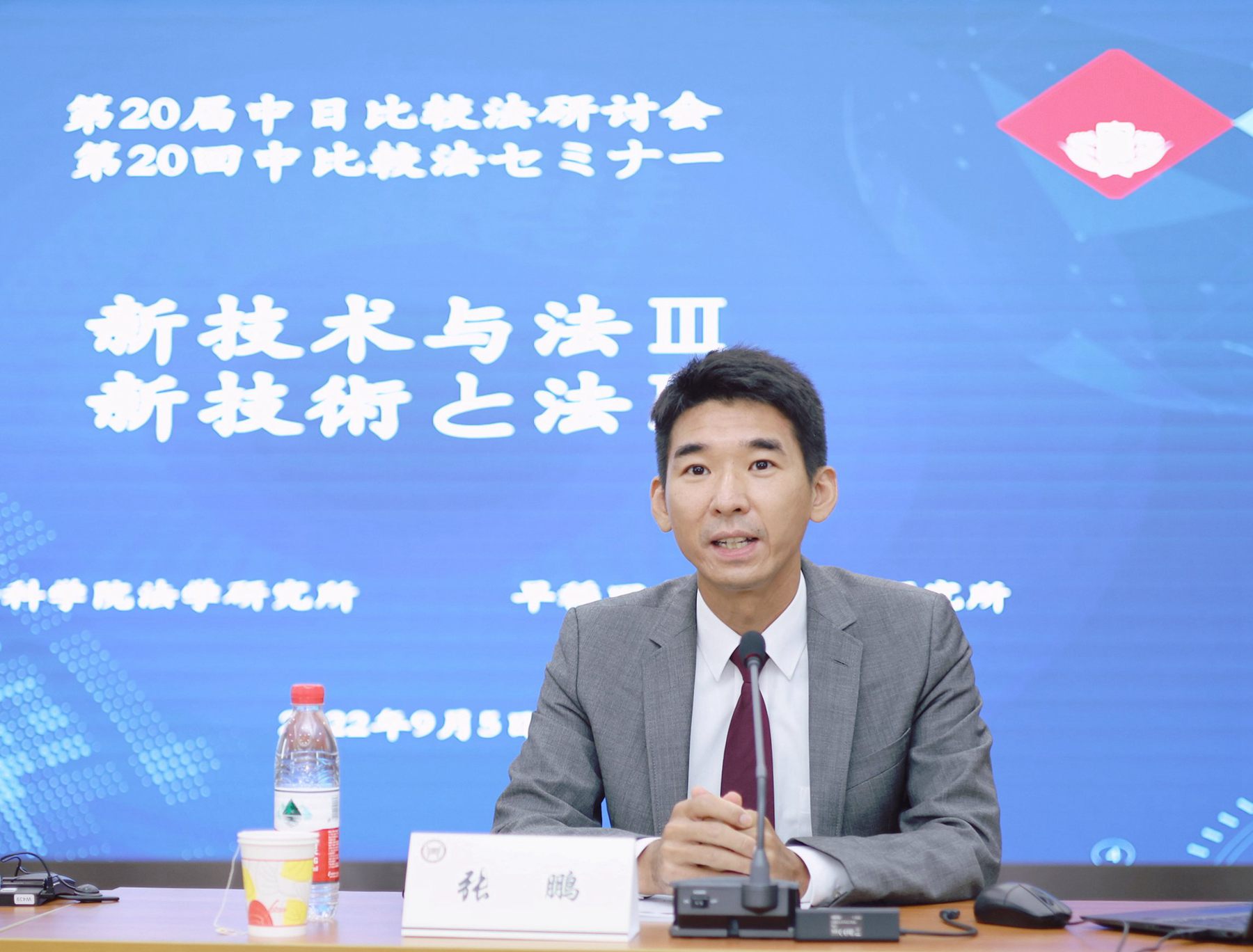
Abstract: There are primarily two models among various countries when dealing with the issue of extraterritorial application of laws in cross-border intellectual property (lP) infringement disputes, namely the unilateral model and the bilateral model. The former regards intellectual property rights more as a policy-based privilege, which often results in the non-application of foreign IP laws by domestic courts, but instances where domestic IP laws are applied to acts occurring outside the jurisdiction do occur. The latter considers intellectual property rights more as a general civil right. Domestic courts under this model may apply either domestic or foreign IP laws to extraterritorial acts on the basis of the legislative definition of a relatively neutral connection point. Under the Chinese law, a bilateral extraterritorial application model is adopted with "lex loci protectionis" as the connecting point. However, in judicial practice, Chinese IP laws are often applied without the choice of law. This results in the judicial adoption of a unilateral extraterritorial application model, where Chinese IP laws are applied to extraterritorial acts. In light of this situation, this article suggests that China returns to the bilateral extraterritorial application model in addressing the issue on cross-border IP infringement disputes, and enriches and clarifies the meaning of "lex loci protectionis" in specific disputes, while setting up special legal application rules for "ubiquitous" infringement, limiting the scope of the parties' joint choice of applicable law, and determining the application of public order in the selection of applicable law to achieve the purpose of safeguarding national interests.



